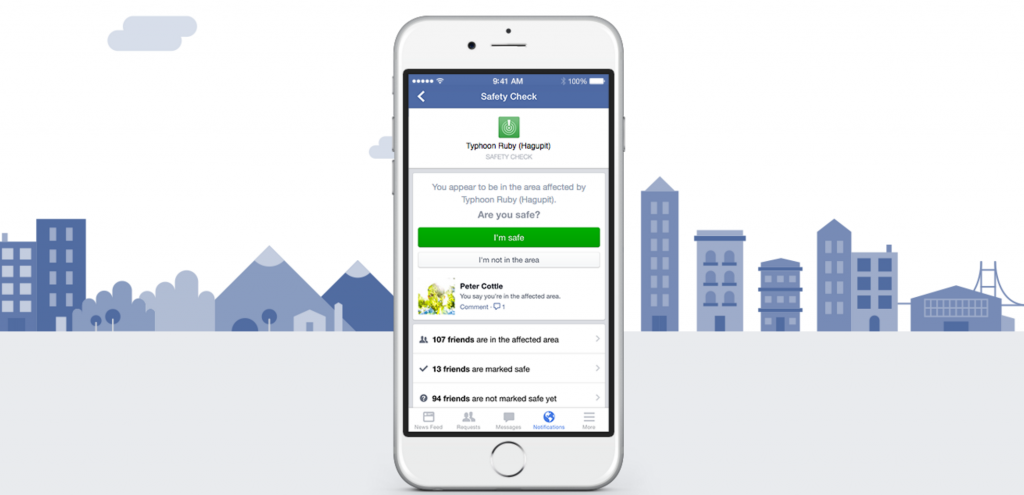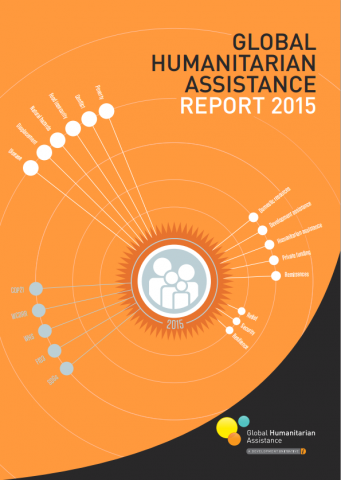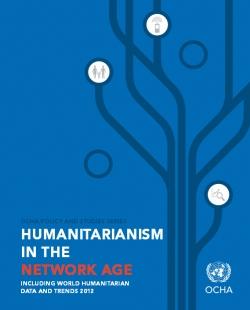Communication with Affected People during a Nuclear Disaster – Japanese Red Cross – 2017
The Great East Japan Earthquake and Tsunami (GEJET) triggered the Fukushima Daiichi Nuclear Power Plant accident (Fukushima Daiichi accident) in 2011, radioactive materials were released into the air and the sea. This forced the residents to evacuate from the surrounding areas of the power plant. In addition, accurate information about the accident was not shared […]
Communication with Affected People during a Nuclear Disaster – Japanese Red Cross – 2017 Read More »




